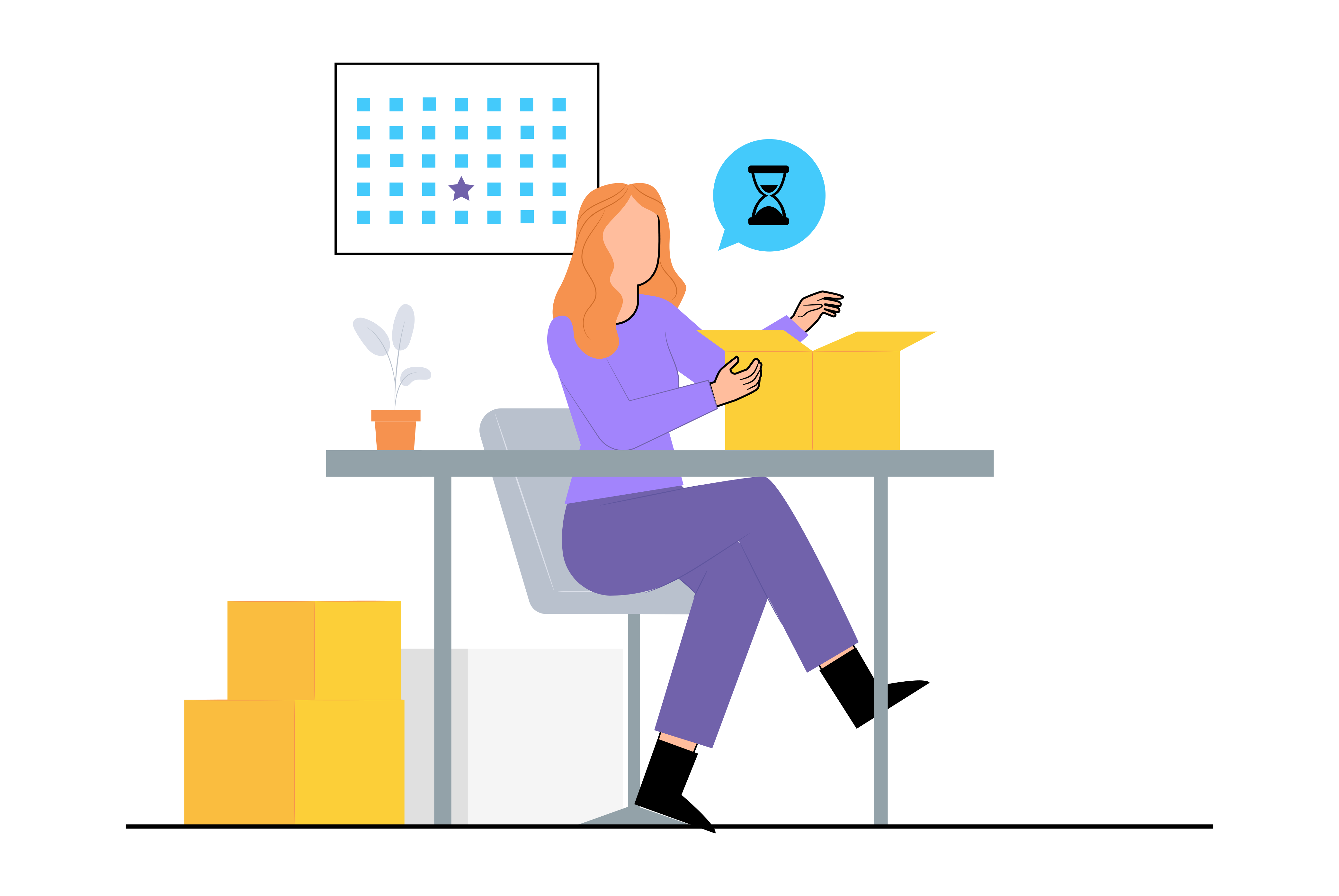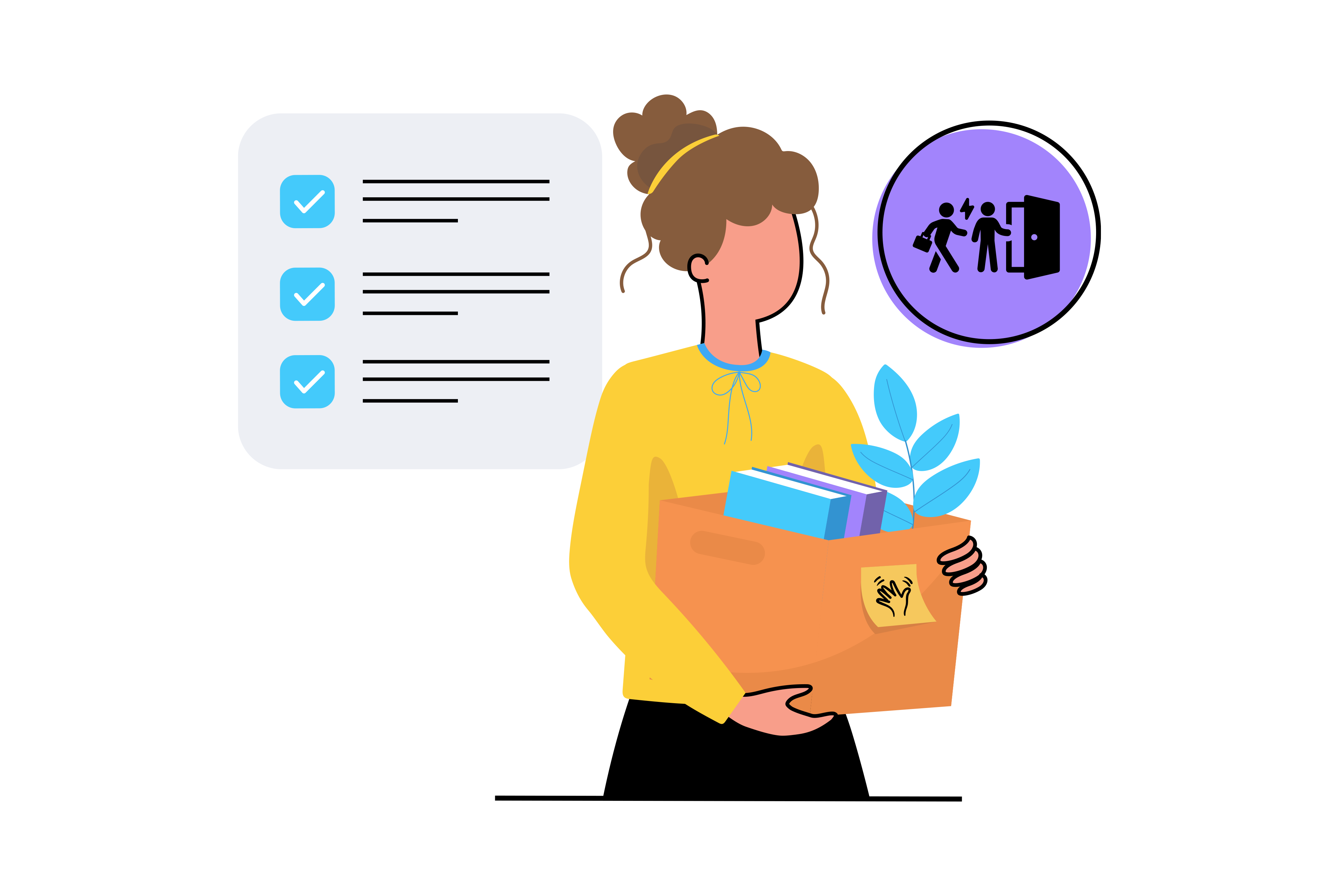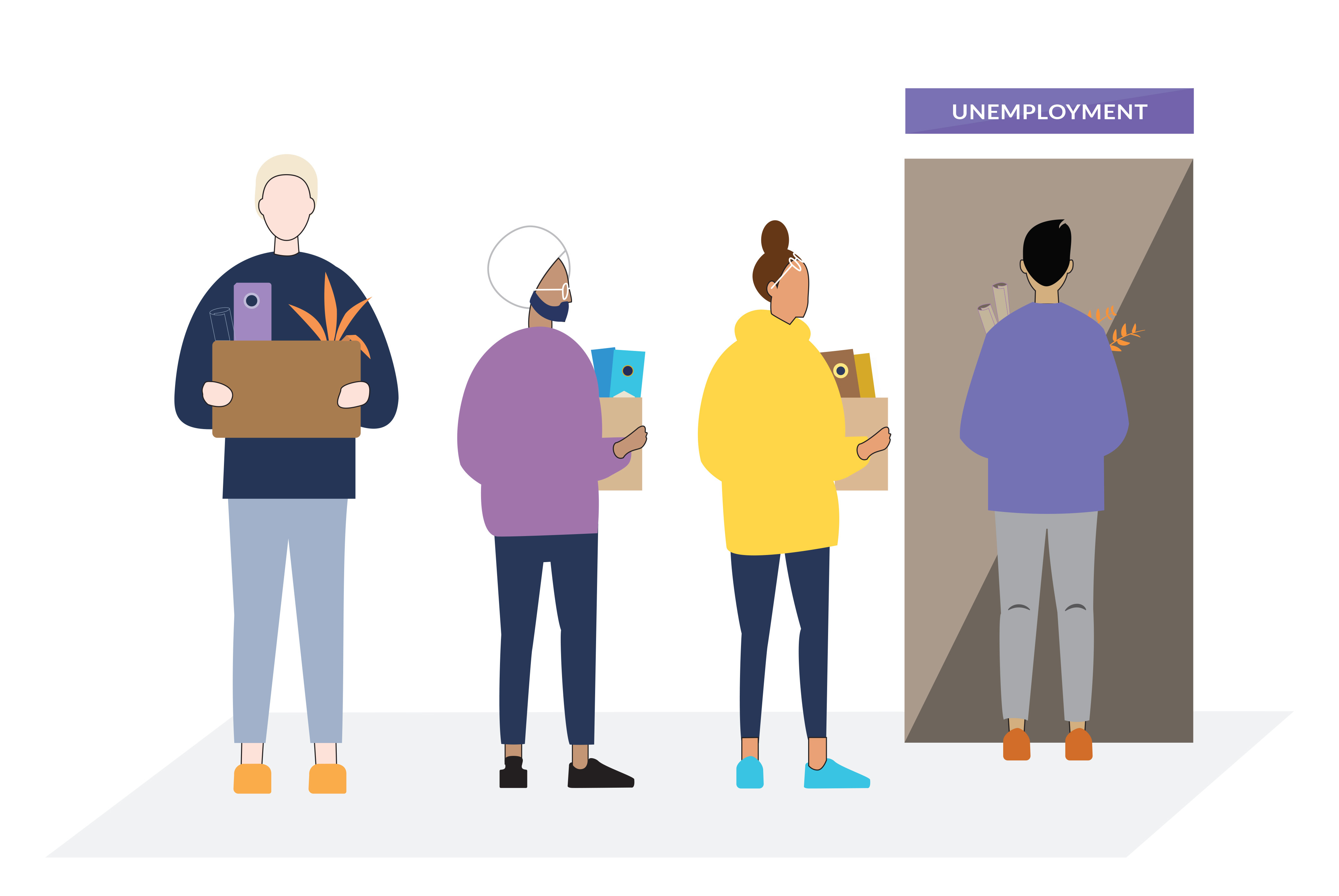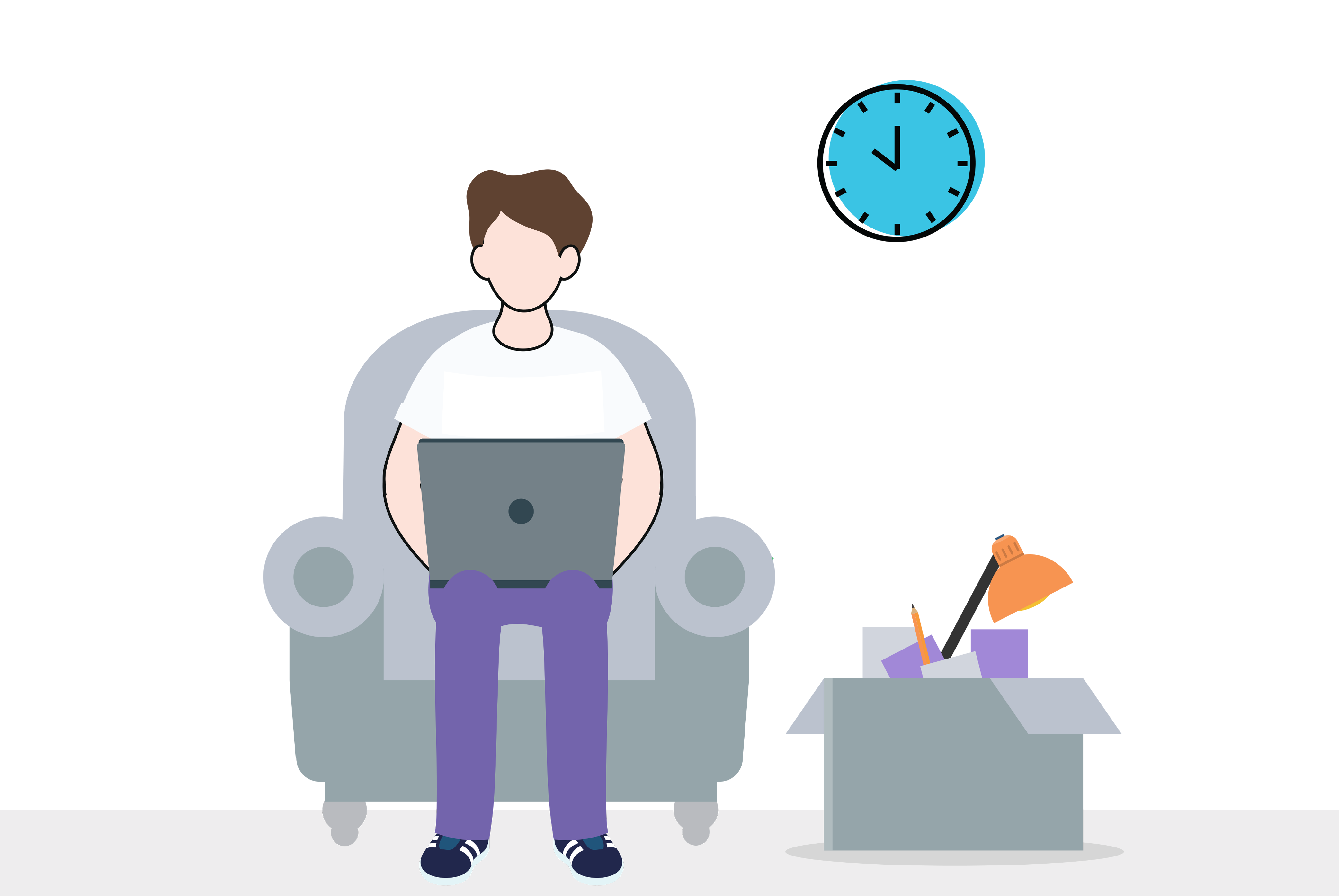During times of economic hardship, companies may opt to furlough their employees. The main purpose of furloughing employees is to temporarily downsize in order to cut costs, especially if an organization’s projected revenue fails to match its expenses. The keyword here is “temporarily,” meaning there is a significant difference between furloughs as opposed to layoffs or termination.
If you’ve recently been furloughed, don’t panic. One of the most critical ways to get through a furlough period is to be proactive, and we’re here to help you navigate through it. First, let’s answer any burning questions you may have.
What Is a Furlough?
A furlough is a mandatory unpaid leave of absence from a job. It’s a short-term solution for cutting costs and reducing company size, which typically occurs during tough financial times. Unlike a layoff, furloughed workers remain an employee of the company, and employees are expected to return to their jobs after the furlough period ends.
Are Furloughs Only For Government Employees?
No, furloughs can be put into place by both public and private organizations.
How Long Does a Furlough Last?
The duration of furloughs can vary, but all furloughs are meant to be temporary. Some employers require employees to take one day of unpaid leave per week, while others ask furloughed employees to take off several weeks without pay. A reasonable length of time that a company should furlough an employee is no more than 12 months. Otherwise, the company should consider laying off its employees instead.
Do You Get Paid On Furlough?
No, the purpose of a furlough is for companies to cut costs due to economic hardship. Employees cannot work during this period, therefore they cannot get paid.
Can You File For Unemployment If You’ve Been Furloughed?
If you've been furloughed, you might be eligible to file for unemployment benefits, depending on your specific circumstances and the regulations in your state. Eligibility varies based on local regulations and the specifics of the furlough. In many cases, individuals on furlough may qualify for unemployment benefits if they meet certain criteria.
To qualify for unemployment benefits, you typically need to meet criteria such as:
- Work History: You must have a sufficient work history and have earned a minimum amount of wages during a specific base period.
- Reason for Separation: The reason for your separation from work must be due to factors beyond your control, which can include furloughs.
- Active Job Search: You must be actively searching for new employment opportunities while receiving benefits.
If you're on a partial furlough where you're working reduced hours, you might still be eligible for partial unemployment benefits. These benefits can supplement your reduced income and help you make ends meet.
What Happens to Your Employee Benefits During a Furlough?
During a furlough period, employee benefits can vary by company. Best practices would be to check with your HR department for more coverage information, but more often than not, furloughed employees can still use their medical and dental benefits during this time. Non-health benefits such as 401(k) contributions may be put on hold, depending on each company.
Can Furloughed Employees Look For Other Work?
In most cases, furloughed employees may try to find another job until their previous company asks them to return to work. It’s good to check with your manager or HR department if seeking other work is allowed according to your employment contract. However, if a furloughed employee finds another job during this period, their unemployment eligibility may be impacted. Most people seek part-time employment to pay their bills, which means they may still be eligible for partial unemployment.
Take Action
With a clearer understanding of what it means to be furloughed, it’s time to take action. For starters, you should find out if you’re eligible for unemployment so you can register and avail of the payouts as soon as possible. If eligible, you’ll need to determine if the money you will receive is enough to pay the bills. If not, your next option is to seek temporary work. Thankfully, Joblist is here to help with your search. Easily customize your search based on occupation and location, then browse through the hundreds of companies that are currently hiring.






